October 9 will mark the 53rd anniversary of the death of Che Guevara, who became a world icon of the radical political left after the Cuban Revolution. His violent death only reinforced the legend.
Ernesto Rafael Guevara Lynch de la Serna, better known as Che Guevara, was born on June 14, 1928 in Rosario, Argentina. A later professional communist revolutionary was born into a bourgeois family of Spanish-Basque-Irish descent, which also had nobles among its ancestors.
Young Guevaro is not initially interested in politics Nevertheless, the family was left-wing, and Che's father was an ardent supporter of the Spanish Republicans who fought against General Franco in the 1930s.
Little Ernest's childhood was very marked by asthma, and the treatment of this disease greatly affected the family budget, which was especially thin because his father experienced a business failure, which caused the family to slide down the social ladder.
Young Guevara was not interested in politics at first in his youth, preferring to play rugby. He became interested in politics only when, as a 23-year-old young man, he set off on a motorcycle trip to other, less affluent Latin American countries in 1951, where he realized the poverty in which many of the locals lived.

The motorized bicycle now at a Che museum in Alta Gracia, Argentina
Fighting the "capitalist octopus" He became a staunch Marxist and anti-capitalist, and, like many Latin Americans, directed his rage against (North) Americans. He saw American big companies, among them the United Fruit Company, which is particularly present in Latin America, as capitalist octopuses tightening their tentacles across Latin America and exploiting the natives.
An even more communist and anti-American doctor (he successfully completed his studies in June 1953) became late in 1953 and in 1954, when he witnessed fighting in Guatemala between supporters of the Guatemalan leftist president and right-wing guerrillas backed by the CIA .
From Guatemala, Guevara withdrew to Mexico. At that time, he was also given the Mexican nickname for Argentines - Che (the word for greeting, often used by Argentines, is said to have originated from one of the Argentine Indian tribes). So Che Guevara literally means Argentine Guevara.
Che joins Cuban Fidel Castro Che met a group of Cubans in Mexico, opponents of then-backed Cuban dictator Fulgencio Batista, who have had great economic and political influence on the Caribbean island since the turn of the century. The group, named July 26, was led by Fidel Castro.

In 1956, 82 members of this group, including Che, boarded the ship Granma from Mexico for Cuba. After disembarkation, a three-year war began, culminating in Fidel Castro's victory over Batista in early 1959.

Granma Memorial v Havani
Although Che Guevara was already known as a communist (he declared himself a staunch Stalinist), Castro claimed, a few months after taking power, that he was not a communist himself and that the July 26 group was not a communist movement. Castro announced to foreigners, especially the American public, that his political example was the famous American Republican President Abraham Lincoln.
Che becomes a world revolutionary icon Even the beards worn by Castro's guerrillas, including Che, which is why they were named Barbudos, bearded men, are said to be worn after Lincoln. In 1960, however, the new Cuban dictator Castro showed the right colors and declared himself a communist.
Although the world's most famous Castro revolutionary is Che Guevara, until his death in October 1959 (some suggest that Castro himself was behind his death), the Cubans were a symbol of the bearded revolutionaries Camilo Cienfuegos, who was more popular among Cubans than Che .
Che became a world revolutionary icon, especially among young people In the West, he became famous only after the publication of the famous photograph called Guerrillero Heroico, taken by Cuban photographer Alberto Korda in March 1960. This photograph became a kind of brand that we still find it printed on T-shirts, socks, cups…
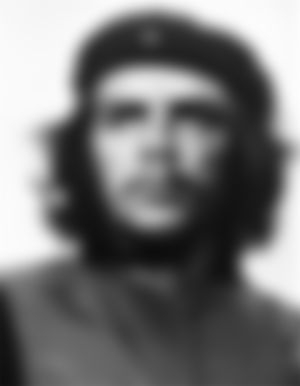
Instead of healing, he orders the massacre After taking power, Che did not find himself. First, as the person responsible for the executions of political opponents of the new government, he soiled his hands with the blood of actual or imagined supporters of Batista and other opponents of the new dictatorship.
Even his management of the Cuban central bank was a real failure.
As it turns out, Che did not find himself in power in peace, but missed his guerrilla war years. Instead of living a family life with his second wife, Cuban Aleida March (his first wife was Peruvian Hilda Gadea), he preferred to unsuccessfully export the Cuban revolution around the world in the company of male comrades.
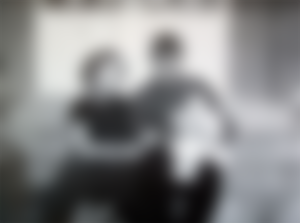
Hilda Gadea,Che Guevara and their daughter

second wife Aleida March
Fatal Bolivia In 1965, he first failed in Africa, in Congo, and in 1966–1967 in Bolivia. This last revolutionary adventure was fatal for him. Bolivian troops led by a CIA agent, Cuban emigrant Felix Rodriguez, captured Che Guevara on October 8, 1967.
He surrendered to Bolivian soldiers and said: "Don't shoot. I'm Che Guevara and I'm worth more alive than dead." He was wrong. He was executed the next day on the orders of the Bolivian president.
Mladog Guevara u početku politika ne zanima. Ipak, obitelj je bila ljevičarska, a Cheov otac gorljivi je navijač španjolskih republikanaca koji su se tridesetih godina borili protiv generala Franca.
Djetinjstvo malog Ernesta bilo je vrlo obilježeno astmom, a liječenje ove bolesti uvelike je utjecalo na obiteljski proračun, koji je bio posebno tanak jer je njegov otac doživio poslovni neuspjeh, zbog čega je obitelj skliznula niz društvene ljestvice.
Mladog Guevaru u mladosti u početku nije zanimala politika, radije je igrao ragbi. Politikom se počeo zanimati tek kad je kao 23-godišnji mladić 1951. godine krenuo na putovanje motociklom u druge, manje bogate latinoameričke zemlje, gdje je postao svjestan siromaštva u kojem su živjeli mnogi mještani.
Borbe protiv "kapitalističke hobotnice" Postao je uvjereni marksist i antikapitalist, i poput mnogih Latinoamerikanaca svoj bijes usmjerio protiv (Sjevernih) Amerikanaca. Američke velike tvrtke, među kojima je i United Fruit Company, koja je posebno prisutna u Latinskoj Americi, vidio je kao kapitalističke hobotnice kako stežu pipke širom Latinske Amerike i iskorištavaju domoroce.
Još komunističkiji i antiamerički liječnik (uspješno je završio studij u lipnju 1953.) postao je kasno 1953. i 1954. godine, kada je svjedočio borbama u Gvatemali između pristaša gvatemalskog lijevog predsjednika i desničarskih gerilaca iza kojih stoji CIA. .
iz Gvatemale, Guevara se povukao u Meksiko. U to je vrijeme dobio i meksički nadimak za Argentince - Che (riječ za pozdrav, koju često koriste Argentinci, navodno potječe iz jednog od argentinskih indijanskih plemena). Dakle, Che Guevara doslovno znači argentinska Guevara.
Che se pridružio Kubancu Fidelu Castru Che je u Meksiku upoznao skupinu Kubanca, protivnika tada podržavanog kubanskog diktatora Fulgencia Batiste, koji su od početka stoljeća imali velik ekonomski i politički utjecaj na karipskom otoku. Skupinu nazvanu 26. srpnja vodio je Fidel Castro.
1956. godine 82 člana ove skupine, uključujući Chea, otišli su na Kubu brodom Granma iz Meksika. Nakon iskrcavanja započeo je trogodišnji rat koji je kulminirao pobjedom Fidela Castra nad Batistom početkom 1959. godine.
Iako je Che Guevara već bio poznat kao komunist (proglasio se stamenim staljinistom), Castro je nekoliko mjeseci nakon preuzimanja vlasti tvrdio da i sam nije komunist te da skupina od 26. srpnja nije komunistički pokret. Castro je strancima, posebno američkoj javnosti, najavio da je njegov politički primjer poznati američki republikanski predsjednik Abraham Lincoln.
Che postaje svjetska revolucionarna ikona Čak i brade koje su nosili Castrovi gerilci, uključujući Chea, zbog čega su nazvani Barbudos, bradati muškarci, navodno se nose nakon Lincolna. Međutim, 1960. novi kubanski diktator Castro pokazao je prave boje i proglasio se komunistom.
Iako je najpoznatiji svjetski Castroov revolucionar Che Guevara, do njegove smrti u listopadu 1959. (neki sugeriraju da je i sam Castro stajao iza njegove smrti), Camibol Cienfuegos, bradasti revolucionar koji je među Kubancima bio popularniji od Chea, bio je među Kubancima. .
Che je postao svjetska revolucionarna ikona, posebno među mladima. Na Zapadu se proslavio tek nakon objavljivanja poznate fotografije pod nazivom Guerrillero Heroico (sl. Herojska gerila), koju je snimio kubanski fotograf Alberto Korda u ožujku 1960. Ova je fotografija postala svojevrsna marka koja i dalje ga nalazimo otisnutog na majicama, čarapama, šalicama ...
Umjesto da izliječi, on naređuje masakr Nakon što je preuzeo vlast, Che se nije našao. Prvo je, kao zadužen za smaknuća političkih protivnika nove vlade, uprljao ruke krvlju stvarnih ili zamišljenih pristaša Batiste i ostalih protivnika nove diktature.
Čak je i njegovo upravljanje kubanskom središnjom bankom bio pravi promašaj. Nakon što na cijeloj liniji nije uspio u ovom zadatku, pojavila se smiješna anegdota. Prema njezinim riječima, Castro je nakon preuzimanja vlasti, kada je tražio šefa središnje banke, pitao svoje suborce ima li među njima i ekonomista. Na iznenađenje svih, podigao je ruku na Chea - koji je pogrešno čuo Castra kako pita je li netko od njih komunist.
Ispostavilo se da se Che nije našao na vlasti u miru, već je propustio gerilske ratne godine.Umjesto da živi obiteljski život sa svojom drugom suprugom, Kubankom Aleidom March (prva supruga mu je bila Peruanka Hilda Gadea), radije je četa muških drugova neuspješno je izvezla kubansku revoluciju širom svijeta.
Fatalna Bolivija 1965. prvi je put propao u Africi, u Kongu i 1966–1967 u Boliviji. Ova posljednja revolucionarna avantura bila je za njega kobna. Bolivijske trupe predvođene agentom CIA-e, kubanskim emigrantom Felixom Rodriguezom, zarobile su Che Guevaru 8. listopada 1967.

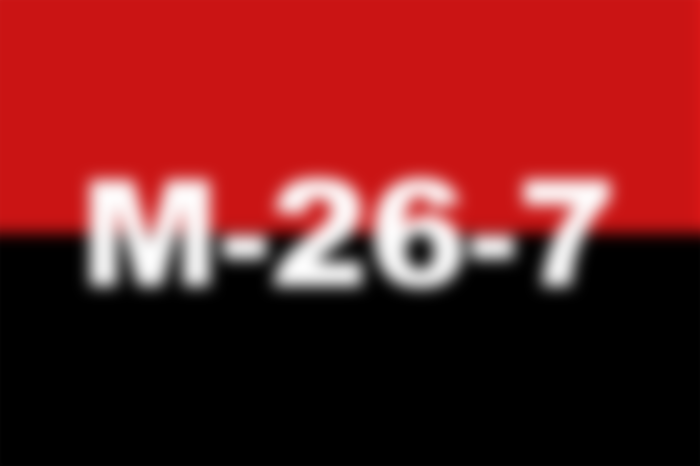
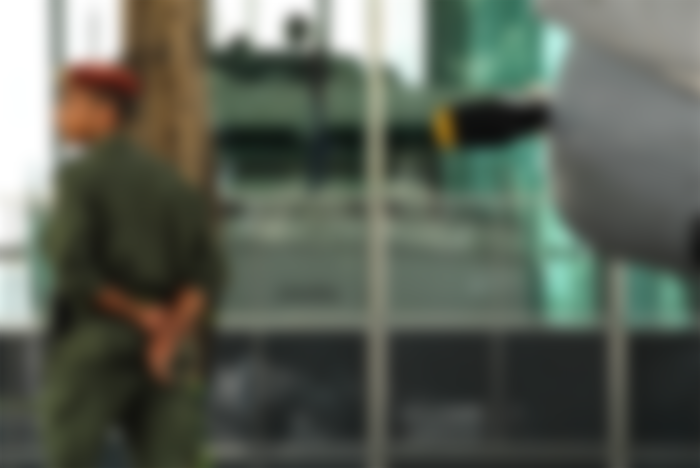
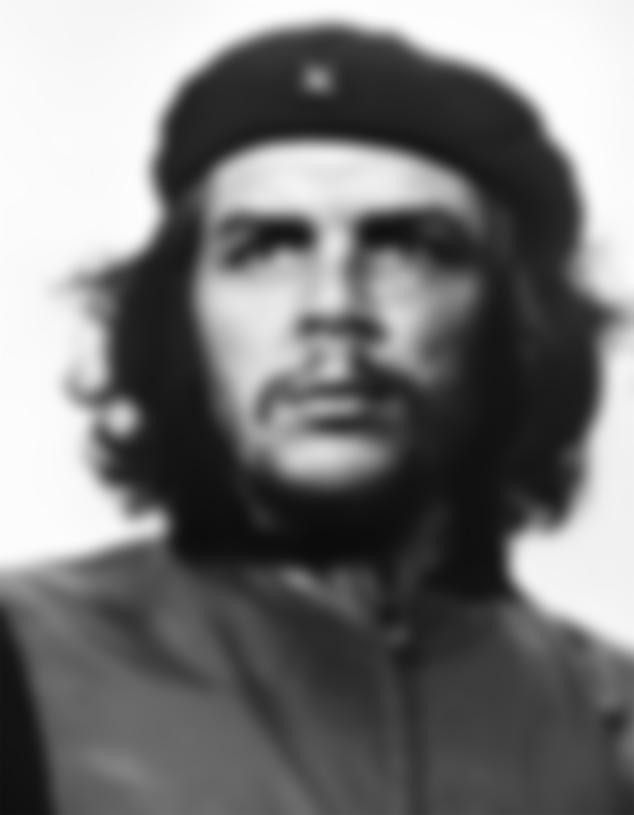
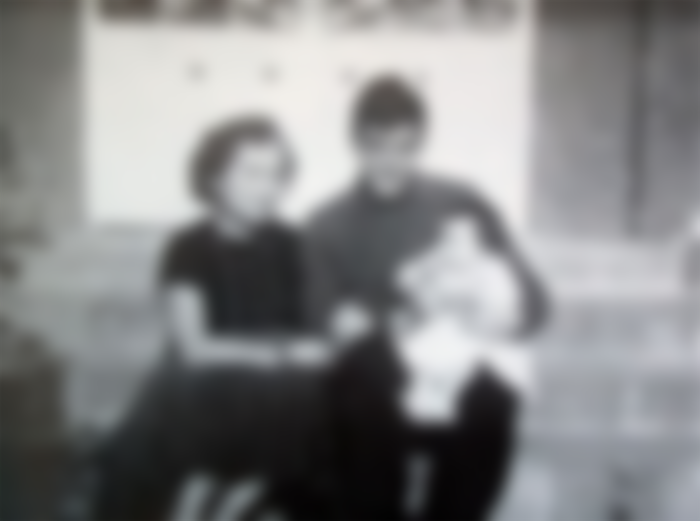

I have already read about this great leader of baaghi people.. He spend all of his life in fighting f9r his rights of nations